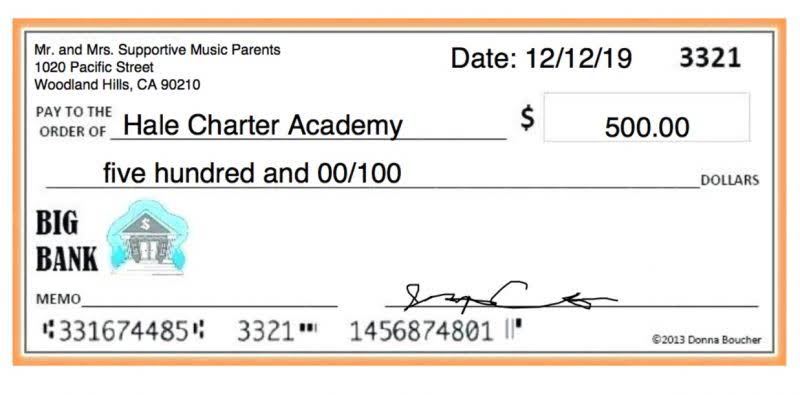How to Calculate a Nonprofit Operating Budget

An effective operating budget ensures that nonprofits allocate their resources wisely, prioritize their activities, and stay on course toward their goals. In the world of nonprofit organizations, mission-driven success and sustainability are paramount. The ability to make a positive impact in the communities they serve hinges on effective financial management. One of the key pillars of this financial management is the nonprofit operating budget. The cost of administration, categorized as indirect costs, adds value to every program at a nonprofit. Programs are more effective, better managed, and more responsive to the community when an organization has good accounting and technology, high quality leadership, planning, and governance.
Define your Nonprofit’s Revenue Streams
Cash flow refers to the monthly movement of money coming in and out of your organization. Tracking this number tells you how much you have in the bank at any given time. This information is hugely important, because it shows you the best how to calculate operating budget nonprofit (and safest!) times to spend. Once your costs are set, you know precisely what numbers you can expect to work with.
Annual Nonprofit Budget
While the goal is to maximize resources and achieve mission-driven objectives, nonprofits often encounter significant challenges in their financial planning. Below, we explore the major challenges of a nonprofit budget proposal and provide real-world examples of how organizations have successfully addressed them. This guide is designed to help nonprofits of all sizes master the art of budgeting. We’ll provide a step-by-step process to create an effective budget, offer examples for various budget types, and address common challenges with actionable solutions.
Allocate indirect (administrative) costs

This is the most common type of budget, typically covering an entire fiscal year (usually 12 months). Bottom-up budgeting starts with the people who know the details best—your team. A well-structured budget details how restricted and unrestricted funds will be allocated, ensuring transparency and accountability. If your budget is sales-oriented, another option is to include rows for volume, price per unit, and revenue at the bottom.
Pay Attention to All Your Budgets (eg. Marketing vs. Operating vs. Project budgets)
When your predicted income exceeds your projected expenses, you’ll be more prepared to course correct if you incur unexpected costs or some revenue sources fall short of your goals. Plus, you can use any funding you don’t spend to build your organization’s reserve funds, which contribute to long-term sustainability. You should also have a plan for how to effectively manage your funding, which is where your financial strategy comes into play. A key component https://www.bookstime.com/articles/absorption-costing of financial sustainability is the commitment of board and staff to financial management that includes timely review of financial reports and advance planning. One way that board and staff plan for income and expenses in the future is by creating a budget.
How to Create a Nonprofit Operating Budget in 5 Easy Steps

That way, you’ll know to keep your predicted expenses low enough that you can still cover them if you fall short QuickBooks of your ‘reach’ goal. More and more nonprofits are finding that cloud-based tools solve these issues, often incorporating templates and automated pathways that take a lot of the stress out of budgeting. Use detailed historical data and consult with your nonprofit program managers to develop accurate estimates of expenses and stay on top of underestimating costs.
- If we ignore this step, we will be underrepresenting the expense involved in supporting each program area.
- When creating your nonprofit operating unearned revenue budget, use the past as a benchmark for your expectations and goals in the coming year.
- Under the heading of expenses, boards need to focus expenditures on their programs and activities.
- Additionally, remember that any budget that covers a specific aspect of your nonprofit’s spending and fundraising should align with your operating budget.
Some nonprofits identify every activity or grant as a separate program while others combine many activities under the umbrella term. For budgeting and allocations we suggest that you separate your activities into distinct programs that will provide meaningful insight into the financial model. As an example, an afterschool program may operate in two locations or be funded by three grants. If the program operates with similar goals, measures, costs, and staff, we’d suggest that these be grouped as a single program.
- Finally, get clear on and name the goals, organizational values, and priorities that you want to have reflected in this year’s budget.
- Every nonprofit is unique, so feel free to adjust the categories and templates to fit your needs.
- For example, if you have it in your plan to buy new computers for your staff or to build a new website, create a separate budget for those projects.
- If you want to move into a new office space this year, you can estimate the rent.
- Articulate the main purpose of your budget and think about a structure that will best support that purpose.
Also, creating an effective program-based budget requires clear definitions, consistent cost allocation methods, and regular impact assessment. Involve stakeholders in the process, maintain flexible adjustment processes, and establish strong documentation standards. A budget for non-profit organizations must prioritize reserve building through intentional planning and disciplined execution. As mentioned at the outset, industry data shows that most nonprofits operate with dangerously low reserves, making this aspect of budgeting crucial.

Tip #2: Use your past to define your future.
- A board can either be very hands-on or hands-off, depending on how you want to use them as a resource.
- The organization will then operate with a budget that is no longer the exact adopted budget.
- However, a solid budget helps you navigate these challenges, ensuring your nonprofit can operate effectively while making a meaningful impact.
- Articles on Blue Avocado do not provide legal representation or legal advice and should not be used as a substitute for advice or legal counsel.
- For example, many nonprofits found these reserves very important (or regretted not having them) when the COVID-19 pandemic hit in 2020.
- Some nonprofits identify every activity or grant as a separate program while others combine many activities under the umbrella term.
Organizations with sufficient operating and other designated reserves can focus beyond day-to-day cash flow needs and more effectively plan for the long-term health of the organization. One of the first features to look for in these types of tools is their user friendliness and how easily they integrate into your current work flow. You don’t want to go to twenty different sites to do your accounting, nor spend days training staff on how to use the software. The whole idea is to automate and makes everything as easy and painless as possible with these tools. Look for expense tracking features that provide clear insights into your spending patterns so they can be adjusted accordingly.

